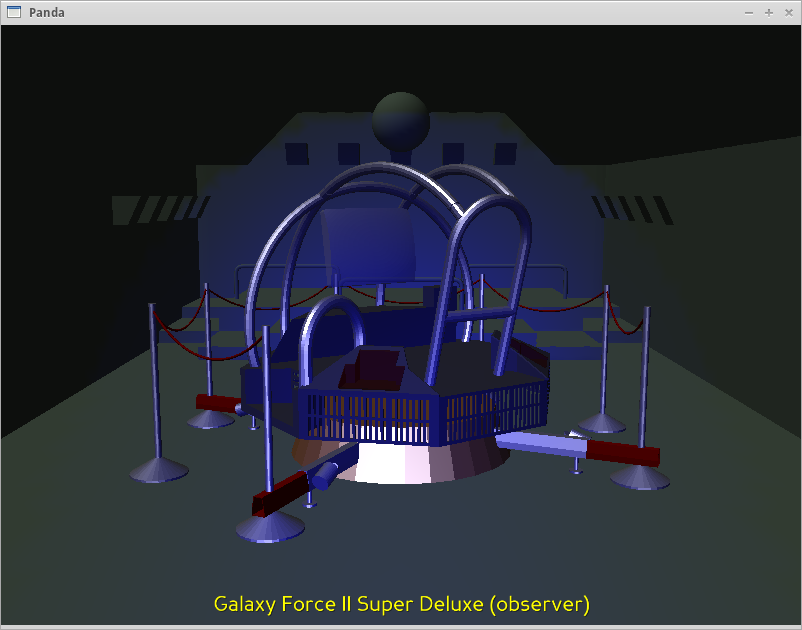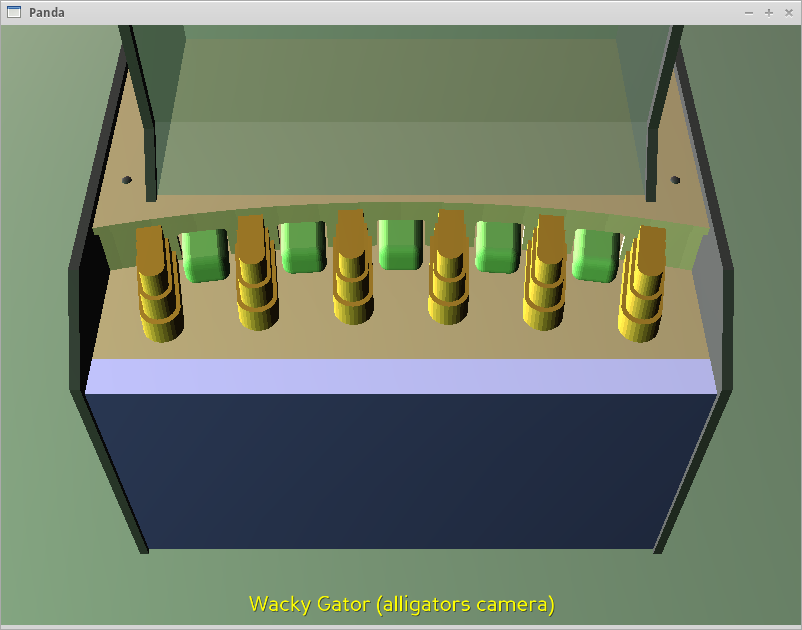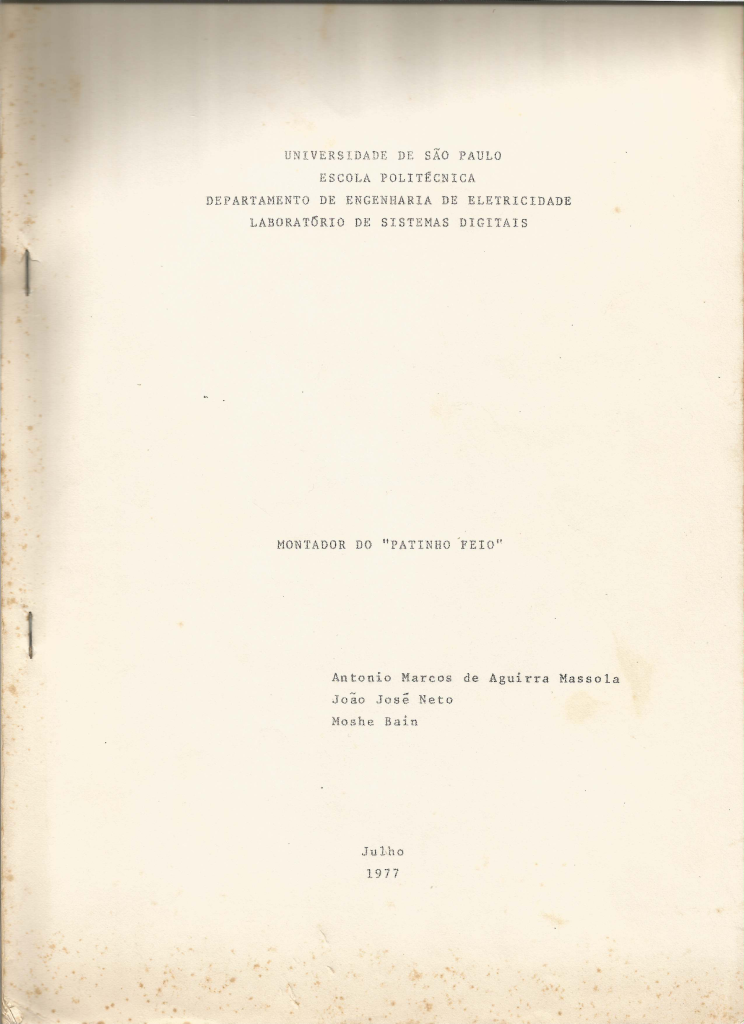Today I visited the engineering school of the University of São Paulo, where I studied 10 years ago. The reason for my visit was to get in contact with professors and laboratory technicians who may have access to 3D scanning equipment.
Recently I have been experimenting with 3D modeling of arcade cabinets while building a prototype for a 3D artwork system for MAME. There’s some technical discussion and brainstorming about that in this issue on GitHub, as well as python source code and OpenSCAD 3D modeling scripts in this other git repository.
Even though Galaxy force 2 Super Deluxe still does not provide motor control signals (because the motor-cpu firmware still needs to be reverse engineered and emulated), one can try the 3D artwork system by running the Power Drift driver together with the gforce2 3D model. It is a hack, indeed, but it is just meant to serve as a proof of concept of the system and its proposed XML schema for describing scenes.
This is also related to the Wacky Gator driver that I bootstrapped and that Sandro Ronco made work perfectly, as described here by David Haywood’s recent blogpost. And Wacky Gator can already be played with the 3D artwork system prototype 😀
But the alligators in the game are represented as simple blocky green shapes. So, the natural extension of this idea would be to add 3D scanned objects to the scene. And that’s why I was at University of São Paulo today.
But while there, I ended up talking to the technicians of the digital electronics laboratory. And then it reminded me of the prototyping panel that we used to deal with in some of our lab classes. I asked about it and they brought one of those boards for me to take a look.
These educational boards contained lots of interesting things built around an 8051 CPU. They even had a tiny LCD panel (which surely must be the famous Hitachi HD44780, right? :-D). So I dumped the firmware of the board and snapped a picture of it. I may soon write a skeleton driver for it in MAME.

After our conversation, Daniel, the technician, tried to introduce me to a few of the computer engineering professors because he was getting a lot of interest in doing something with emulators in the laboratory classes. And I am also interested in giving a talk there soon about MAME, reverse engineering, technical education and emulation, of course. But the professors were not at their offices, so we agreed to meet again in the near future to talk more about this stuff.

So, I though I had already collected Jackpot for the day and I was considering to go back home. But I remembered professor João José Neto (one of the minds behind the “Patinho Feio”, the first computer designed and manufactured in Brazil, in the early 70s) might be at his office, so I though it could be worth to get there and say hello.
And indeed he was there and received me with a big welcoming smile. We spent half an hour talking about old computers, and how things gradually get lost because most people don’t care. So I tried to convince him to help me figure out where the remaining old-machines designed by him and his colleagues decades ago might be nowadays, so that we could try to restore them and also to emulate them, for the sake of historical preservation.
When I was leaving the room, after a warm conversation, I mentioned we would gladly digitize old technical materials as well. So, he went back into his office and then back to the front door and deposited in my hands a copy of a technical documentation of the Patinho Feio Assembler. I was shocked. I asked it and he confirmed: it was the single copy of the document he was aware of and it was dated July 1977. And he wanted me to take it away with me for proper digitizing.
I got really happy and honoured with the gesture. But at the same time, I felt fearful of making some silly mistake. So I came back directly to my home planning to digitize it as quickly as possible so that we have a digital backup of this material. My plan is to publish it on the Internet Archive as soon as I get it all scanned. It’s a 1cm thick block of pages, all in classic type-writer style. (it does not seem to be the original, but just a copy of it) It will take some time until I get this all done, but I feel that I have the duty to do it correctly. And I am proud of having this opportunity.
Next obvious step would be to implement the CPU emulation module for the Patinho Feio in MAME, but I won’t even try that before getting the whole thing scanned and published.
Happy Hacking!
Felipe “Juca” Sanches


